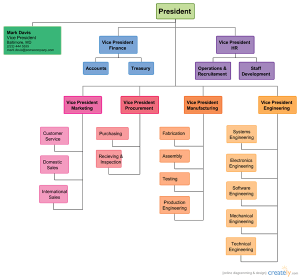 How do you know what to focus on day-to-day? Presenting may help.
How do you know what to focus on day-to-day? Presenting may help.
Sometimes business owners come to me when things aren’t clear to them about what they should be doing next. I ask them to present their company by answering questions about each of the six points already covered in this series.
Often the light bulb quickly goes on when they realize which of the areas they are not doing much or anything at all in. “Maybe that’s the answer,” some have blurted out. I may have known it was the answer, but it’s always best to have someone discover it themselves. Presenting brings it all together because you have to truly understand something to present it.
What do you think? How do you present your organization to your employees, the bank, vendors, investors, or the general public? You’re probably better than you think, because if you weren’t doing some version of these 7 Keys to Success well, you would have been out of business a long time ago. Perhaps you could use some fine tuning in a few areas or maybe a complete makeover. I’ve been through just about any scenario you could imagine with my clients.
Your homework assignment is to revisit your Vision, Profit Plan, Marketing Plan, Organizational Plan, Leadership and Cash Flow Forecast. If you have someone to present these to, do so. Give them permission to ask you questions about what is not clear. In the presenting it may become very clear what you should be doing next.
If you’d like to present your business to me, email me to schedule a conversation at coach@thebizedge.biz.
_________________________________________________
I look forward to hearing from you. You can join in the discussion and post your thoughts below.
Until next time – Remember to mind your business!









